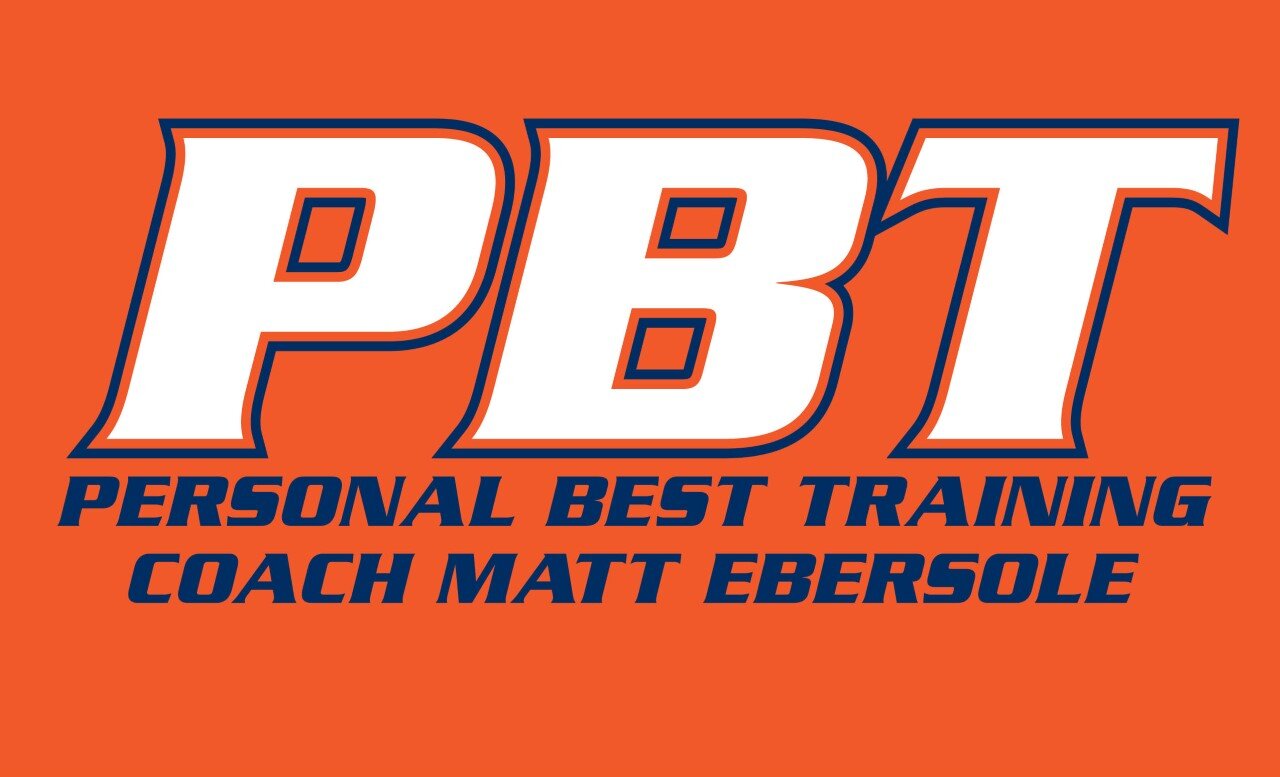With all the attention paid to Millennials and Baby Boomers, you might have missed the fastest growing running group, the GPS Generation. They cannot be neatly boxed by their chronological age, but rather by their running age. If someone started running in the last dozen years they could be part of Gen GPS. You know you are a GPSer if you have never run an unmeasured unrecorded mile, unless of course you forgot to charge and your battery died during the run. If you wondered if it still counted because it was not captured on your download you are definitely Gen GPS.
Don't get me wrong, I use a GPS watch and enjoy the freedom of running unmarked courses and still knowing my mileage and splits. Hey, I am an early adopter of running tech. I started using a HR monitor in 1988 (thanks, Coach Benson!). As a coach, all the data I can see from a runner's workout is valuable in determining workout quality and progress. A GPS watch is a great tool, but some GPSers don't know the short comings and how to avoid the problems they can cause. So from a runner that has been at it for more than a few years and a coach that sees hundreds of downloads each week, here are a few problems I see with GPS and how to adapt.
Long Courses Skillful tangent running assumed, how often do you hear someone complaining about a half marathon course being 13.3 miles? Sure there are plenty of courses measured without much care, but when you run a reputable race you can expect great pains have been taken to make sure it is accurate. After running one of the perennial local 5M races without any alarming splits, we started to notice the course read about 1/4 mile long. As much I wanted to believe I was faster than my race time indicated, I could not believe it would be off that much without a very odd split along the way. After downloading the file and zooming in on the map we saw everyone seemed to have an uncontrollable urge to dodge down the same alley during the 3rd mile. The GPS signal had just jumped Satellites before correcting itself resulting in the "long" course.
Inaccurate Mile Markers Careful readers might have wondered how I did not have an odd split if GPS read .25 too long over 5 miles. The reason, and I highly encourage my runners to adopt this practice, is that I turn off auto split on reliably marked courses and go to the trouble of actually pressing a button when I pass a mile marker. GPSers, never fear, I leave GPS on so I have the map with elevation and other data and a backup should the reliable prove otherwise.
Pacing Problems Have you ever been with a pace group and heard watches alarming intermittently including maybe one or two that chirp at the mile marker? Being a few seconds off does not really matter for most purposes...at least until you start multiplying a few seconds by lots of miles. Have you ever found yourself running along on goal pace only to see the upcoming finish line is not where your GPS tells you 13.1 or 26.2 miles should be and you have another .2 or .3 miles to run? Not fun! Especially if you PR'd or qualified for Boston at the GPS finish but not at the finish with the banner and clock.
Faster Downtown Remember the aforementioned alley? Signals do tend to jump when the preferred satellite becomes obstructed. Add the tall buildings and tunnels that you expect to find in any downtown and you have a finicky GPS reading. Though GPS can read short (like it often does on trails) it is commonplace for it to read long downtown. That is long on distance but with the actual time therefore calculating a much faster pace than actually run. It's a great confidence booster until you get to race day and wonder why the pace that was manageable in training was not when it mattered most.
Too Fast For Recovery Awareness is often key to solving problems, but in the case of GPS it can create the problem. So you have run a hard workout and pressed yourself to the limit. The next day you are in serious need of some recovery. You go out for a nice relaxed run and it feels just right until you see your first split. Now you rue the day you signed up for Strava. No self respecting runner can let splits like that go public. So surely enough you start pressing on the gas pedal to get a more respectable 2nd mile and soon order and respectability are restored. Never mind it ended up being too hard for recovery and good preparation for the next hard workout because you won the recovery run. Turn it off, tape over it, wear a non-GPS watch, keenly observe the angle of the sun, whatever it takes to get recovered and actually benefit from yesterday's hard effort and be ready for the next meaningful workout.
For more information on how your GPS works and measurement considerations please visit Camille Estes's website for an article entitled, In GPS We Trust.

